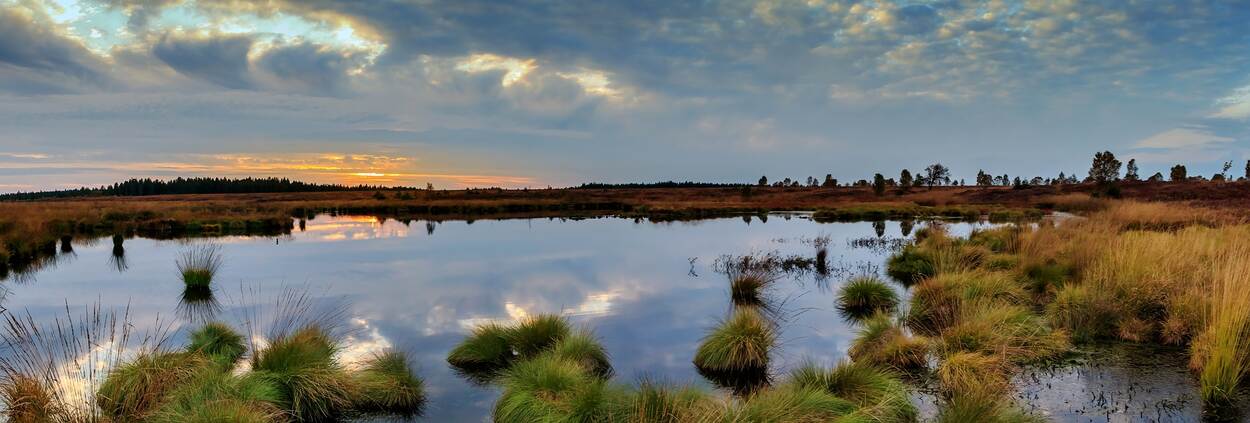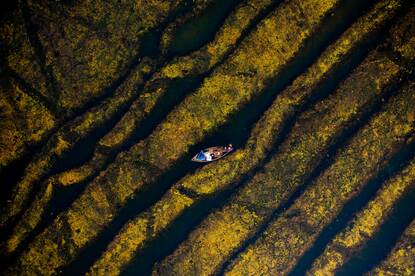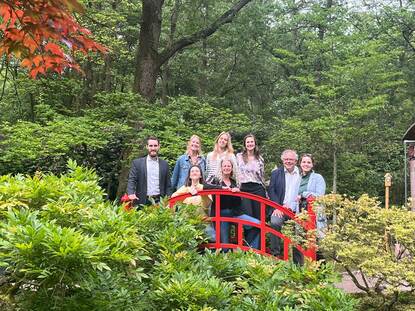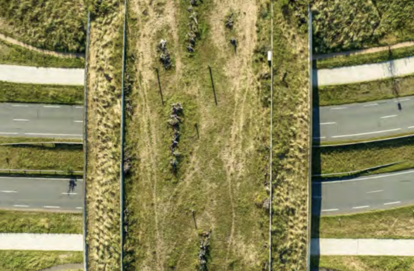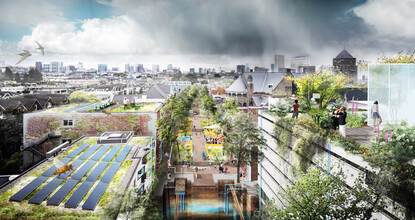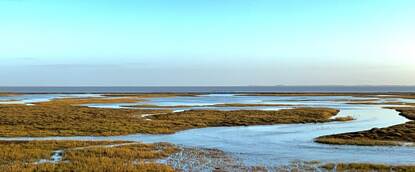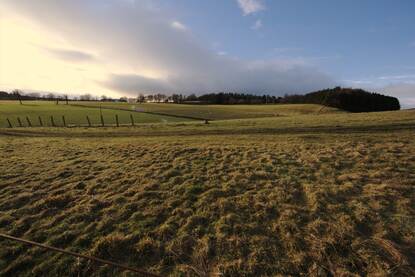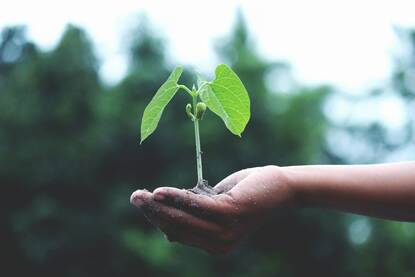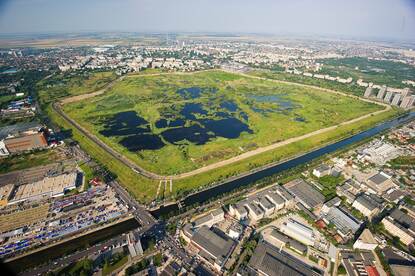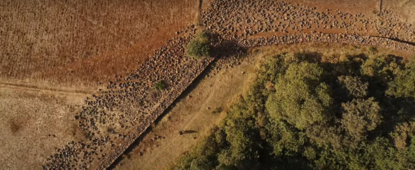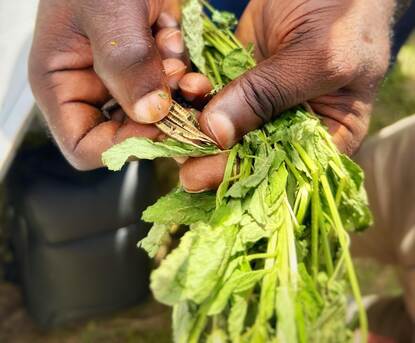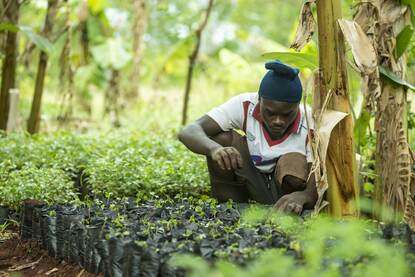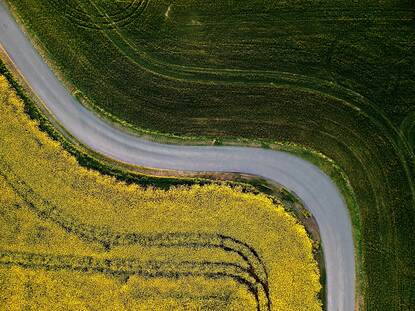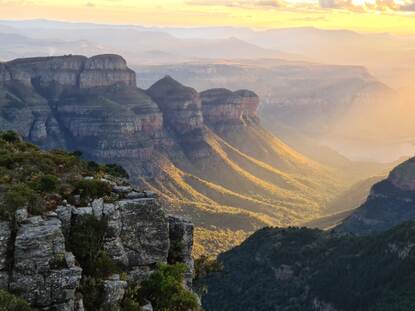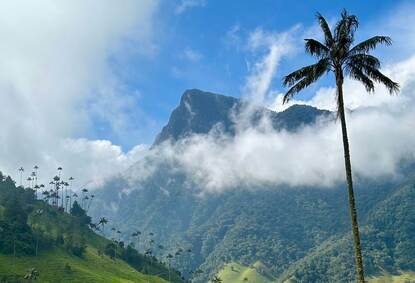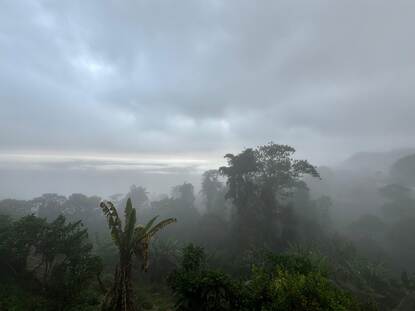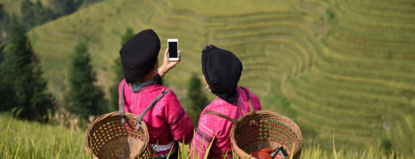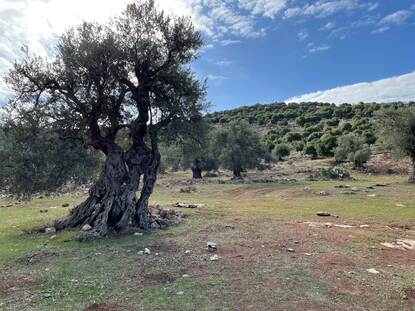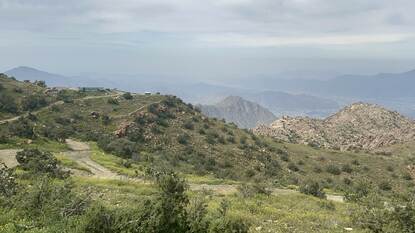Foto Pixabay – Herbert 2512
The Habitats Directive is among the most important measures to conserve the European Union’s (EU) wild flora and fauna. It aims to protect thousands of species and hundreds of valuable habitat types in over 26.000 protected areas. Although the Directive provides a legislative framework for all EU member states, its implementation may differ from country to country. Since these differences are especially noticeable along national borders, the Netherlands Agricultural Network (LAN) team in Germany has set up expert meetings between Germany and the Netherlands to facilitate cross-border dialogue.
Environmental factors such as water quality, water availability, nitrogen deposition and invasive species can damage biodiversity. In border regions, this damage is likely to be caused on ‘the other side of the border’, in a neighboring country with different biodiversity policies. In such a case, international collaboration is needed, not only to enhance nature quality but also to understand policy differences better, and, of course, to learn from each other’s best practices.
German-Dutch dialogue and governments meetings
To this purpose, the Netherlands Agricultural Network (LAN) team in Germany collaborates with Dutch national and provincial governments to build and intensify the network with their German counterparts and environmental experts. It has sparked a Dutch-German dialogue which consists of a series of meetings between ministers, policy makers and experts on national, regional and local levels.
The meetings are used to identify existing local initiatives on collaborative cross-border biodiversity conservation that demonstrate positive energy and creative approaches (see examples in the two text boxes). These examples serve as inspiring best practices for the wider Dutch-German dialogue between regional and national policy stakeholders.
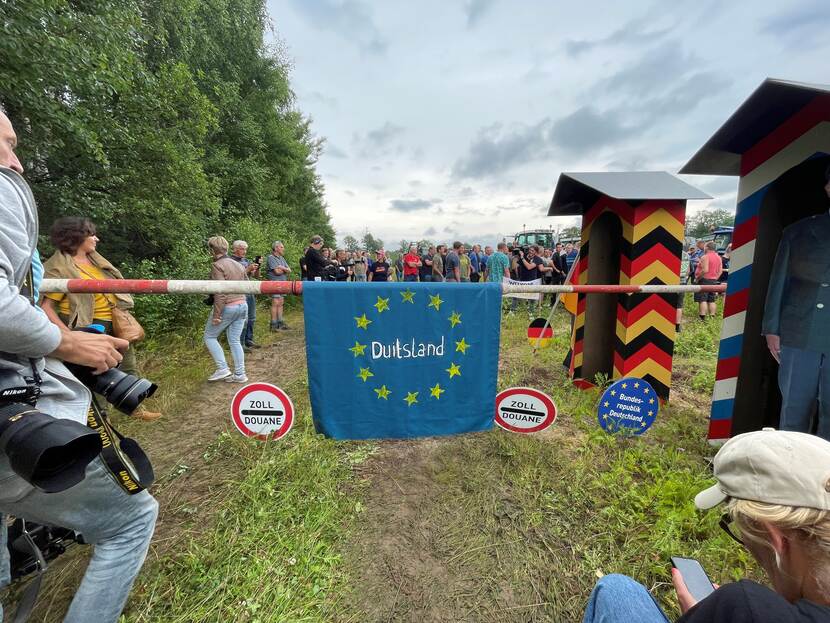
‘In border regions, international collaboration is needed to enhance nature quality, to understand policy differences and to learn from best practices’
CrossBorderBog
The Dutch-German CrossBorderBog project spans across the border between the Dutch province of Overijssel and the German state of North Rhine-Westphalia. In the project area, the Dutch nature reserve Aamsveen and the German nature reserve Hündfelder Moor form an international mire habitat, dominated by vulnerable wet bogs that are sensitive to drought and to high nutrient loads from historical or surrounding agricultural land use. With support from the Province of Overijssel, the responsible nature organizations Landschap Overijssel and Biologische Station Zwillbrock have set up a project that includes work on regional hydrology to enhance water retention and water quality. In 2023, the project was awarded with 9 million euros from the EU LIFE fund.
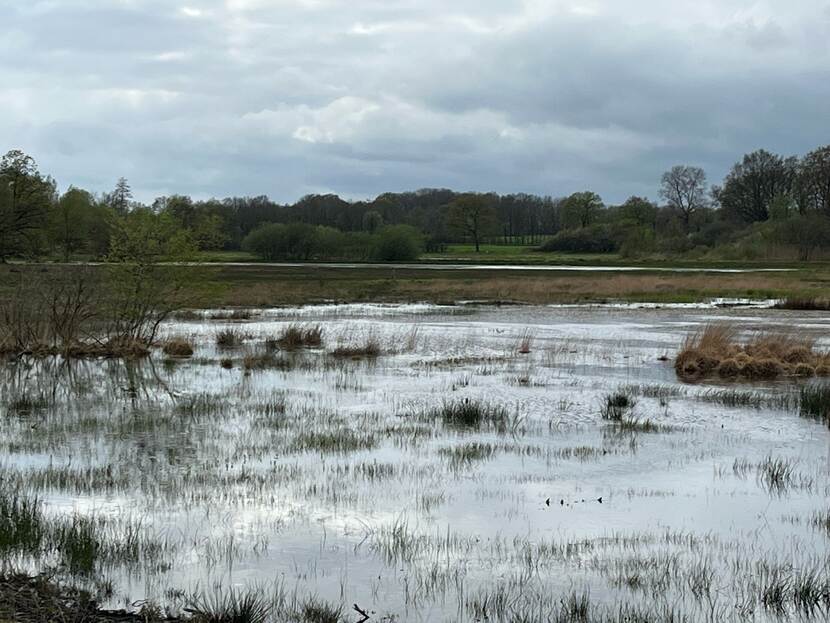
Land exchange in Germany to protect nature in the Netherlands
The Dutch municipality of Dinkelland and the neighboring German municipality of Nordhorn in Lower Saxony have developed a unique approach to cross-border biodiversity conservation that involves land exchange by the municipality of Nordhorn with a German farmer. The exchange will enhance the protection of two adjacent Dutch nature reserves, Bergvennen and Brecklenkampse Veld, against the inflow of agricultural nutrients through groundwater. In return, the farmer receives land closer to his farm, and on the Dutch side, the bicycle infrastructure will be improved to allow better access for German tourists. For the municipality of Nordhorn, this contribution to biodiversity conservation fits well with its nature compensation tasks. A clear cross-border win-win.
Better mutual understanding of regional policies and environmental practices
Local cross-border initiatives, once established, prove to be sustainable and rewarding for the people involved. However, establishment usually takes several years. The CrossBorderBog project, for example, has taken nine years to establish primarily because of different policies, priorities and budgets that had to be streamlined to match each other’s ambitions. Local stakeholders and initiators agree: a wider and denser multistakeholder network will accelerate the development of cross-border activities and support local ideas and initiatives.
Importantly, the Dutch-German dialogue has also led to a better mutual understanding of national and regional policies, governance and the status quo of environmental pressures on biodiversity. Whereas nitrogen deposition in vulnerable habitats have dominated the Dutch urgency to improve nature quality, German policy priorities for nature quality have been more focused on improving water availability and water quality. Although political urgencies focus on different aspects of nature conservation, habitat quality for nature improvement is a clear common ground.
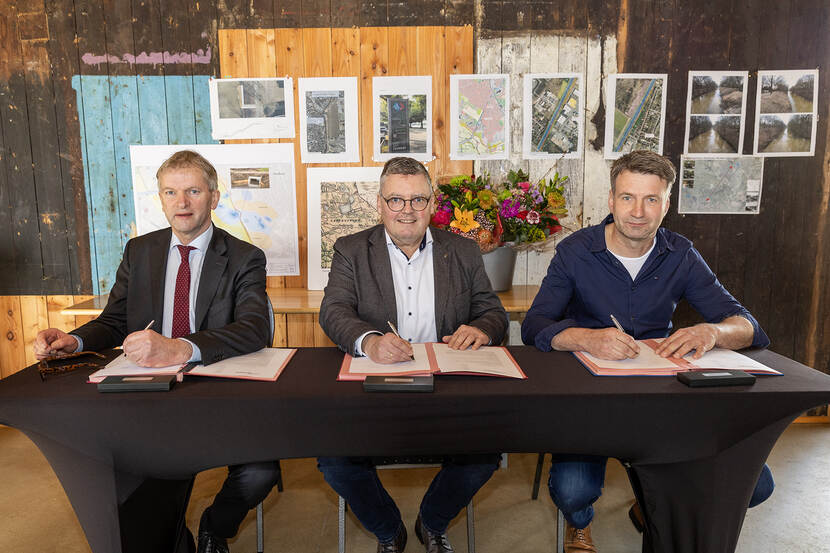
RIVM and UBA collaboration on nitrogen depositions
As a result, from the expert meetings, the Dutch National Institute for Public Health and the Environment (RIVM) has started a collaborative study with its German counterpart institute, the German Environmental Authority (UBA), on how nitrogen depositions are monitored. Moreover, with the government of North-Rhine Westphalia, the LAN team in Germany initiated a multistakeholder round table to identify opportunities for new collaborative actions for nature improvement in the border region with the Netherlands. The first outcome is that priority nature reserves have been identified, and that instruments are being explored for the support of cross-border cooperation in these areas.
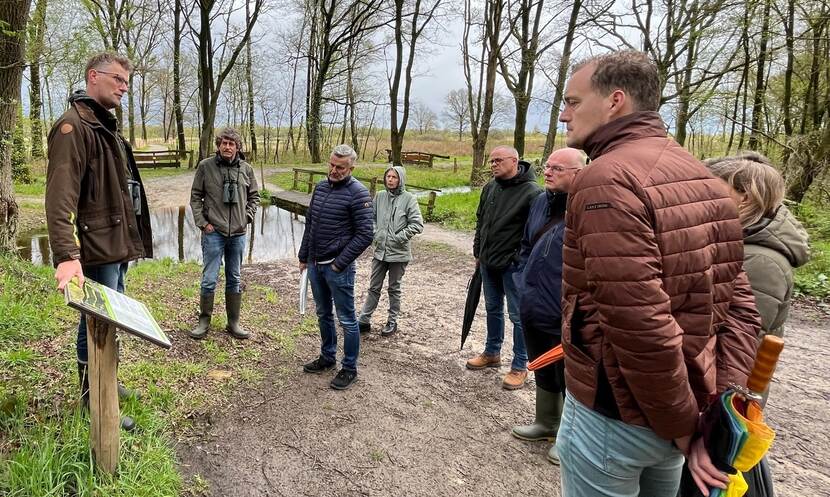
More information
Would you like to know more about cross-border collaboration on biodiversity conservation between Germany and the Netherlands? You can visit the country page of Germany at the website Agroberichtenbuitenland.nl of the Dutch Ministry of Agriculture, Fisheries, Food Security and Nature. You can also send an email to the LAN team in Germany: bln-lvvn@minbuza.nl.
Useful links:
-
'Duitsland zet stappen in de omgang met de wolf' on Agroberichten Buitenland
-
'Bavaria commits to Program for Contractual Nature Protection' on Agroberichten Buitenland
-
'Germany is promoting peatland restoration as part of national climate strategy' on Agroberichten Buitenland
